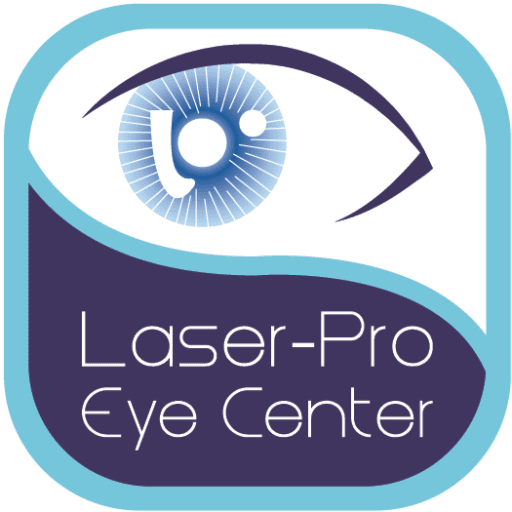Age-Related Macular Degeneration (AMD)
Treatment
Types of AMD
There are two forms of AMD: Wet and Dry.
- Wet AMD occurs when abnormal blood vessels behind the retina start to grow under the macula. These new blood vessels tend to be very fragile and often leak blood and fluid. With wet AMD, loss of central vision can occur quickly.
- Dry AMD occurs when the light-sensitive cells in the macula slowly break down, gradually blurring central vision in the affected eye. As dry AMD gets worse, you may see a blurred spot in the center of your vision. Over time, as less of the macula functions, central vision is gradually lost in the affected eye. Patients with dry AMD are at higher risk of getting wet AMD.
Risk Factors for AMD
- People aged older than 60 years
- Family history of AMD
- Smoking
Symptoms of AMD
- Sudden loss of vision (if it is wet type)
- Dry AMD usually causes gradual loss of vision
- Distortion of vision (straight object looking wavy)
- Loss of central vision (inability to recognizes faces)
Tests for AMD
AMD can be diagnosed by careful examination by an eye doctor. Retinal specialists may perform further tests like:
- Optical Coherence Tomography (OCT)
- Fluorescein Angiogram (FFA), or Indocyanine Green Angiography (ICG)
AMD can be diagnosed by careful examination by an eye doctor. Retinal specialists may perform further tests like:
Treatment for AMD
i.Wet AMD (Anti-VEGF)
The most common type of treatment is intra-vitreal injection (injection into your eyeball) with drugs called anti-VEGF agents. VEGF is the main growth factor that causes AMD and there are several types of drugs available that can block VEGF, such as, Lucentis, Avastin, and VEGF-Trap-Eye (Eyelea). The main problem with these agents is that AMD patients require injections into the eye every one or two months for up to 1 year. Intra-vitreal injections are very safe and most patients do not experience any pain during the procedure which only lasts 10 seconds. For some patients who have very severe bleeding at the macula, Injection of gas into the eyeball to try to displace the bleeding. Blood that stays in the macula is very toxic to the nerve cells and can cause permanent visual loss. The injection of gas can be combined with special drugs to dissolve the blood clot and anti-VEGF drugs. Vitrectomy surgery will be performed if the bleeding has entered the vitreous cavity. This surgery allows more gas to be injected into the eyeball and allows some of the bleeding at the macula to be removed.
ii.Dry AMD
For patients with dry AMD, there is good evidence that taking supplements high in anti-oxidants (Vitamin A, C, E, zinc) and carotenoids (beta carotene, lutein, zeaxanthin) may reduce the risk of developing wet AMD. A diet rich in omega-3 fatty acids (fish oil), and colourful vegetables and fruits, may also be beneficial. Patients should consult an eye doctor before taking such high dose supplements. These supplements can also interact with other drugs that the patient may be taking and should only be started after consulting their eye doctor.
AMD should be treated by retinal specialists. There are some eye conditions that may appear like AMD such as, vitelliform maculopathy, but do not actually need to be treated. If you have unnecessary intra-vitreal injections, you are putting your eye at risk of getting an infection. Dry AMD patients should also have annual eye examinations to look for wet AMD. Patients can also use home tests like the Amsler grid chart or the Preferential Hyperacuity Perimeter (PHP) to look for changes of Wet AMD. It can be very frightening to be diagnosed with AMD but the good news is that there are many choices now available to you in terms of prevention of progression of dry AMD and in treatment of Wet AMD.
Sample of Macula Thickness Examination



